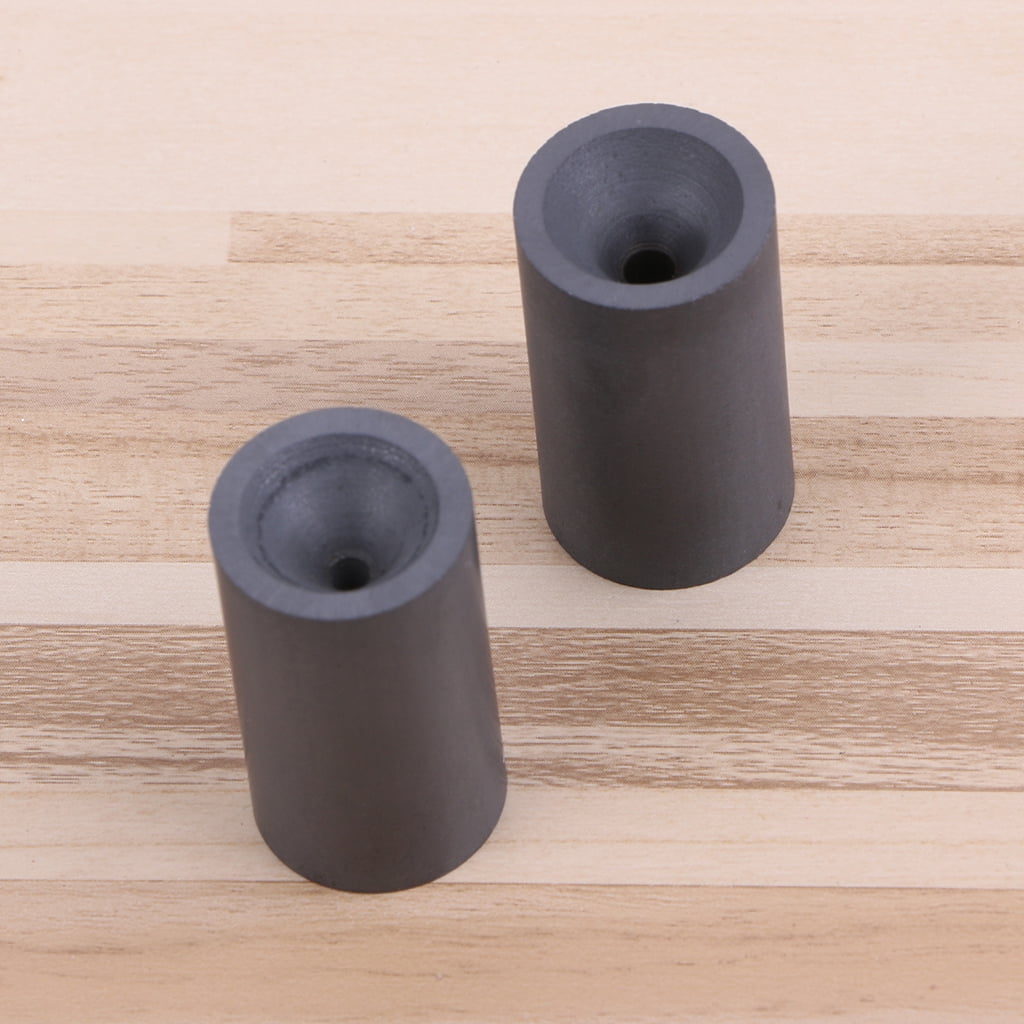

This means that at most temperatures experienced, mercury will remain a liquid and can accurately measure the temperature. Mercury makes a perfect metal for thermometers because it has an unusually low melting point for a metal. As the molecules bounce off of each other, they expand the liquid and it travels up the thermometer. As the temperature rises, the mercury gets warmer and has more energy between individual molecules of mercury. The small chamber extends up the thermometer as a narrow tube. This chamber of mercury is measured to a specific size, and filled with a certain volume of mercury. In side of the thermometer is mercury, as seen in the image below. While heat does come from these sources, overall temperature is really a measurement of how quickly molecules are moving and the energy they have to repel each other.Ĭonsider a thermometer, the device used for measuring the temperature. Temperature, as we experience it, seems to be heat sources such as the sun or a fire.
#MELTING POINT MEASURE FREE#
The first of those is temperature, which directly influence the amount of free energy available to all atoms and molecules within a system. There are several interactions studied in chemistry which determine a substance’s melting point. Interactions that Determine Melting Point Because of the differences in atoms and how they interact, one substance can have a different melting point compared to a similar molecule with atoms in a different arrangement. The exact melting point of a substance is determined by many factors, which determine how the atoms within a molecule interact and bond with each other. When exposed to room temperature air, the drastic change that much past the melting point causes sublimation, or direct conversion of carbon dioxide into a gaseous vapor. This material has a melting point of -56 degrees Celsius (-69 degrees Fahrenheit). Carbon dioxide, in its solid form, is commonly known as dry ice.

In other words, they require a lot of energy between the atoms in order for the substance to become a liquid.īy contrast, most substance that we experience normally as gases, such as oxygen and carbon dioxide, have a relatively low melting point. Some materials, like metals, glass, and other substances which are solid at room temperature have a high melting point. Want to master Microsoft Excel and take your work-from-home job prospects to the next level? Jump-start your career with our Premium A-to-Z Microsoft Excel Training Bundle from the new Gadget Hacks Shop and get lifetime access to more than 40 hours of Basic to Advanced instruction on functions, formula, tools, and more.The melting point of any given substance is the temperature at which the substance experiences melting, or the moment that the substance changes from a solid into a liquid. Measure melting points in the chemistry labĬlick through to watch this video on If you ever come across a chemical you do not know the hazard of you must assume that is very hazardous until you find otherwise. In each case the range of temperatures a compound melts is recorded and compared with known data.Īlways make yourself aware of the hazards associated with the chemicals involved in a practical before you even start. The apparatus used to measure melting points can be simple oil baths to 'hot-stage' apparatus where the melting process is observed with the aid of a microscope. A pure compound will melt over a relatively narrow temperature range, impurities both lowering temperature and widening the range over which it melts. The measurement of melting points is a relatively straightforward procedure that is carried out to determine the purity of a compound or to assist with its identification.
#MELTING POINT MEASURE HOW TO#
This video tutorial will teach you how to measure melting points in the chemistry lab. The ILP is quite simply a visual guide to common laboratory techniques. The aim of the ILP is to address the diverse range of experience and skills students bring with them to a university by offering a resource to support their transition from school to the university chemistry laboratory. The Interactive Lab Primer (ILP) has been developed as part of the Royal Society of Chemistry Teacher Fellowship Scheme, one of the themes of the Chemistry for Our Future program, and initiative which aims to secure a strong and sustainable future for the chemical sciences in higher education.


 0 kommentar(er)
0 kommentar(er)
